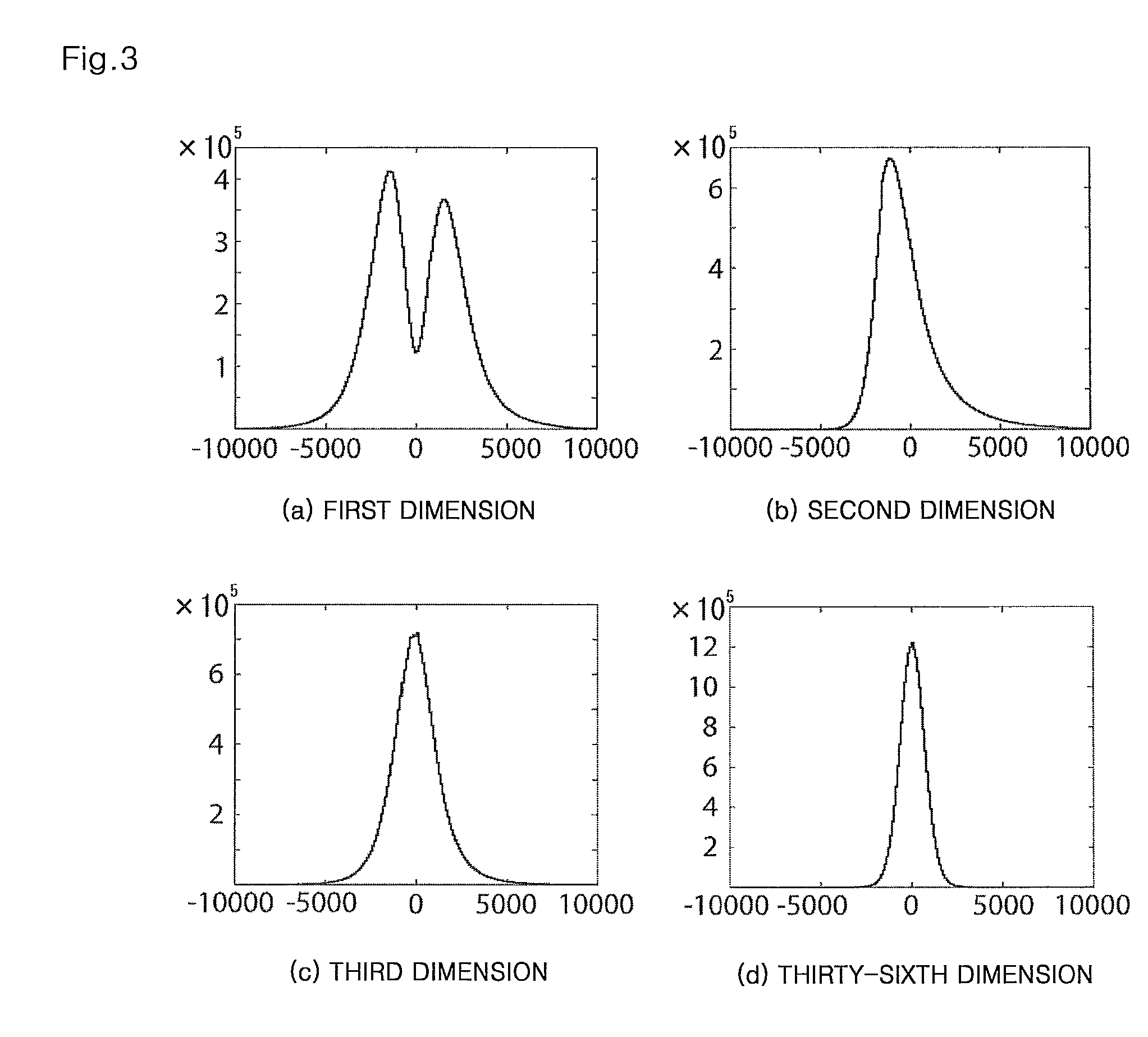Method for constructing image database for object recognition, processing apparatus and processing program
a technology of object recognition and image database, applied in the field of image database for object recognition, processing apparatus and processing program, can solve the problems of reducing the recognition rate of images, enormous amount of processing time, and insufficient memory, so as to reduce the amount of memory needed for representing each local descriptor, the effect of reducing the amount of memory
- Summary
- Abstract
- Description
- Claims
- Application Information
AI Technical Summary
Benefits of technology
Problems solved by technology
Method used
Image
Examples
Embodiment Construction
[0050]
[0051]Prior to detailed description of the present invention, the outline of a conventional technique of the approximate nearest neighbor searching will be described. The conventional technique described below is used in the experiments described later.
[0052]In the nearest neighbor searching, processing requiring the longest time is distance calculations. As a method of performing the nearest neighbor searching at a high speed, there are two methods, i.e., a method of performing individual distance calculations at a high speed, and a method of efficiently narrowing down targets of distance calculations. In the approximate nearest neighbor searching, mainly the latter narrowing-down method is boldly performed to reduce the processing time. However, in compensation for this method, there is a possibility that the nearest neighbor is excluded from the targets of distance calculations and therefore cannot be obtained. An appropriate degree of approximation is depending on a task t...
PUM
 Login to View More
Login to View More Abstract
Description
Claims
Application Information
 Login to View More
Login to View More - R&D
- Intellectual Property
- Life Sciences
- Materials
- Tech Scout
- Unparalleled Data Quality
- Higher Quality Content
- 60% Fewer Hallucinations
Browse by: Latest US Patents, China's latest patents, Technical Efficacy Thesaurus, Application Domain, Technology Topic, Popular Technical Reports.
© 2025 PatSnap. All rights reserved.Legal|Privacy policy|Modern Slavery Act Transparency Statement|Sitemap|About US| Contact US: help@patsnap.com



